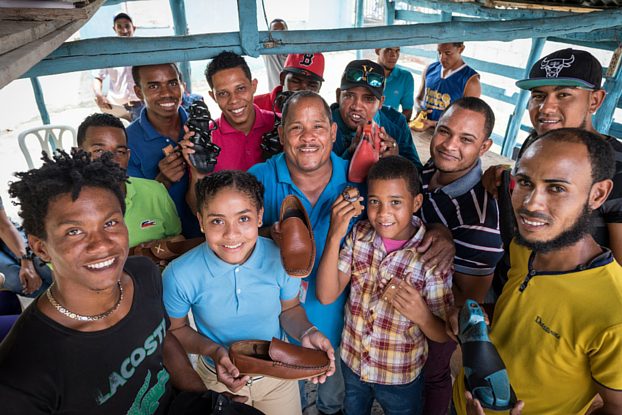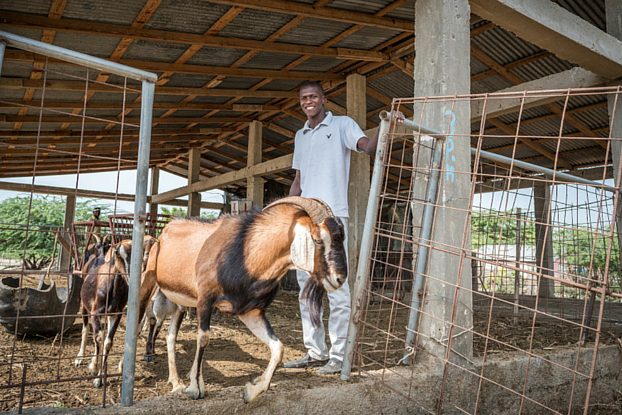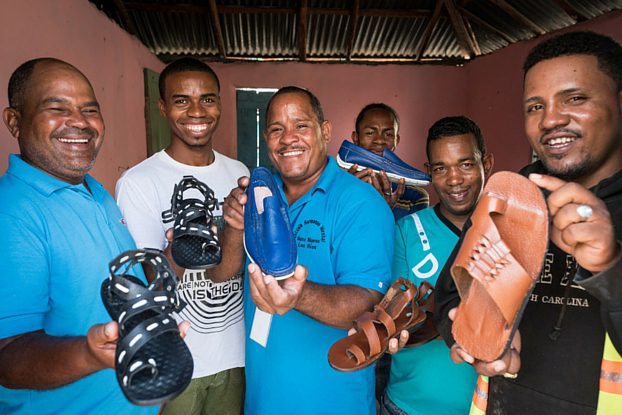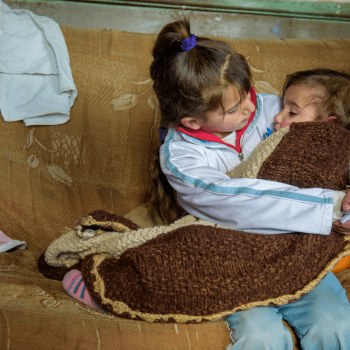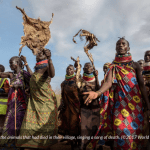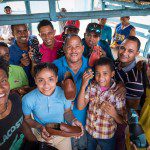I grew up in the United States, which means I grew up in an individualistic culture. Human cultures are oriented on certain frameworks, and one of them is a balance between collectivism (focusing on what’s good for the group) versus individualism (placing a higher value on the individual). This individualistic approach to seeing the world and one’s self becomes deeply ingrained within us, often going unnoticed until we see culture express itself in a different way.
I was recently traveling in the Dominican Republic with my friends at World Vision where my individualistic approach to life was once again laid bare before me. Through traveling the dusty roads and meeting the wonderful people whose lives have been deeply impacted through World Vision, I found myself having a deeper appreciation for those cultures with a collectivist approach—and remembered that we often do it better when we do it together.
When we address matters of poverty in the U.S., we often look solely at the individual and what he or she needs in order to help lift themselves out of their conditions. In the Dominican Republic, however, I found time and time again a different approach: I found people continually asking, “How do we improve the lives of everyone in this community?”
The answers I saw to this question were beautiful and inspiring. In one case we visited a startup goat farm and met with the families who started this growing business. When asked the story behind the farm, they told us of how difficult it was for people in this area to find enough work to support their families. The men would often take migrant jobs far away—leaving their families behind so that they could somehow, someway, send money back to them. Upon realizing that there must be a better way, a group of folks got together and decided that if they started a farm together, they’d be able to provide work for everyone—and that they wouldn’t have to abandon their families to do so.
In another case, we visited a shoe manufacturing business and found a very similar story. Instead of one person creating a single job to benefit a single family, we found a group of people who banded together with the realization that they could build a business big enough to support multiple families—even going as far as providing shoes for children in the community who didn’t have any!
The one thing each of these stories had in common was the support of World Vision in getting all of these businesses off the ground, and it was inspiring to see. With the child sponsorship model, it’s often easy to think that sponsoring a child is something that simply benefits the individual child, but as I have seen in the Dominican Republic and Armenia, this isn’t the case at all. Instead, child sponsorship actually becomes the vehicle that allows World Vision to come alongside an entire community, empowering them to pursue the transformation of entire communities.
It’s true—I grew up in a very individualistic culture that often focuses on the individual. But these days I am growing in my appreciation for those cultures who focus on how to best address the needs of the entire group, and who realize that we can do it better when we do it together.
Will you partner with me to help more communities like the ones I visited in the Dominican Republic? You can sponsor a child right here, and your monthly sponsorship will help transform entire communities!
Follow follow BLC on Facebook:

